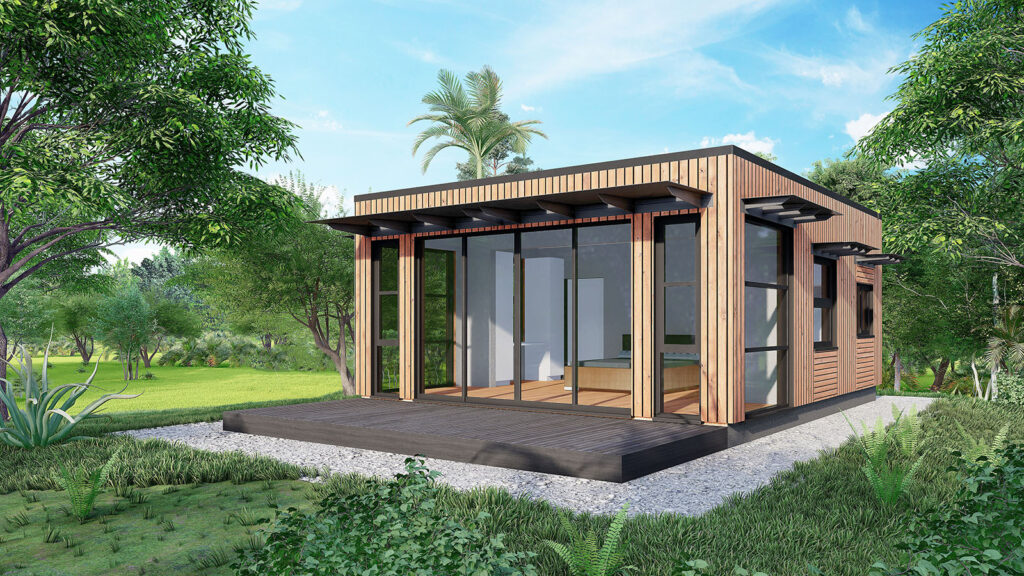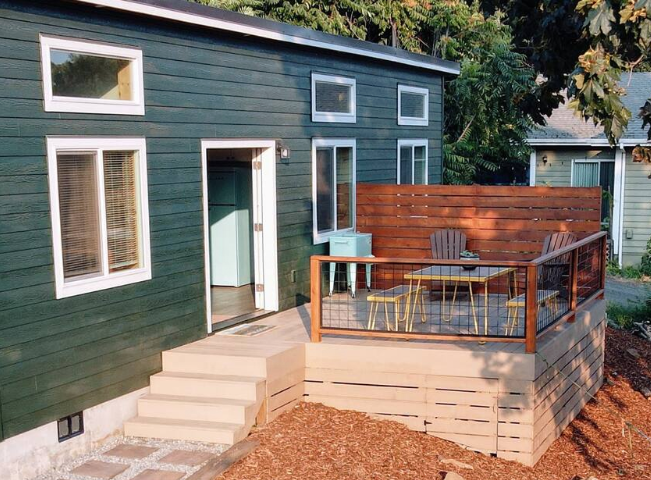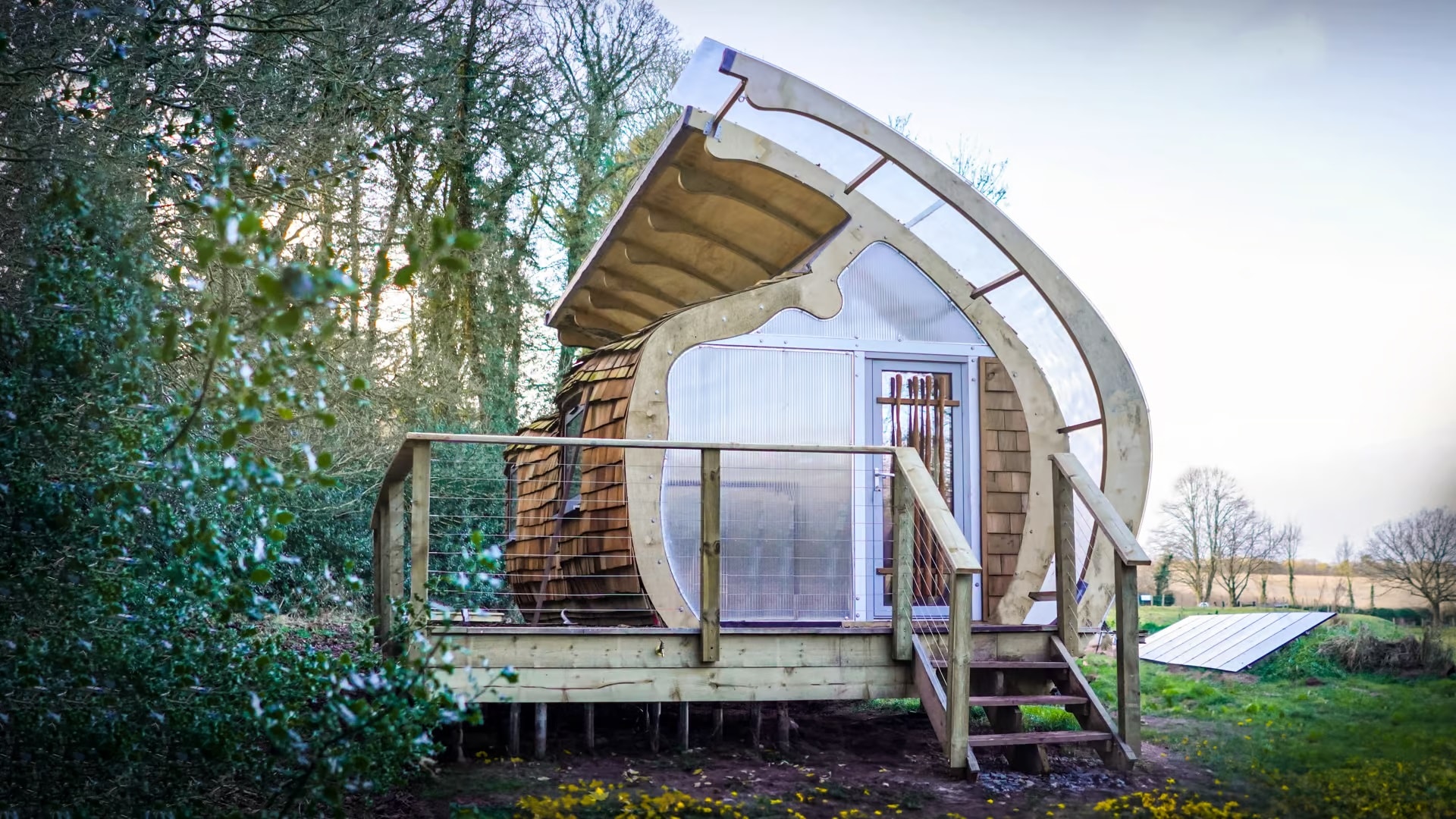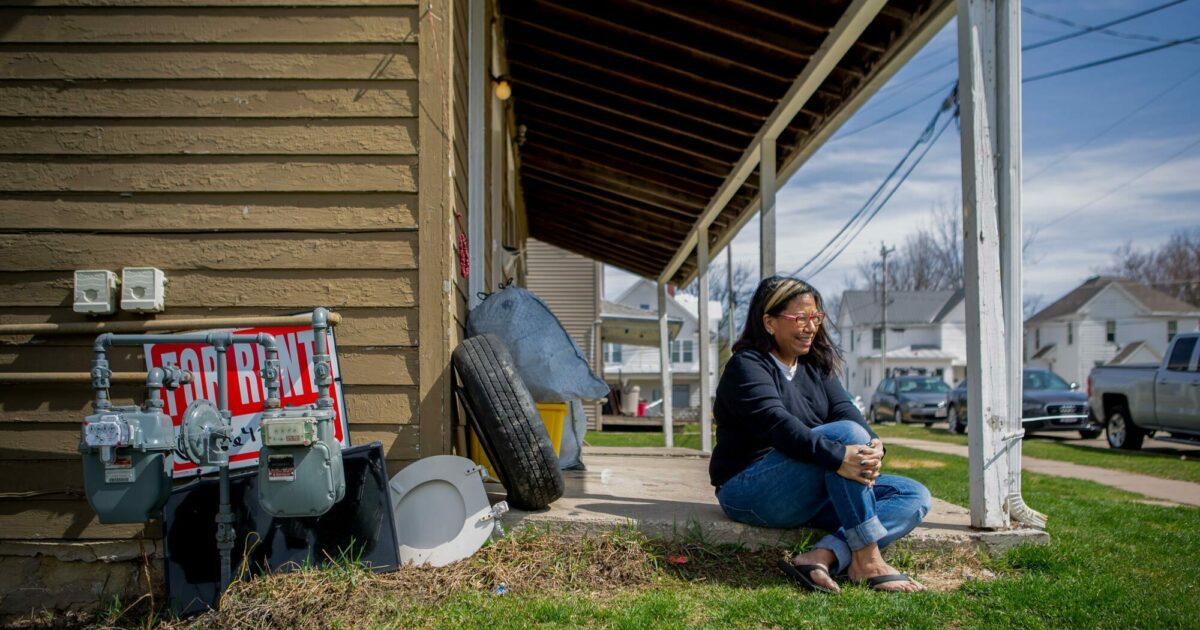The concept of multigenerational living is making a remarkable comeback. This resurgence is not just a nod to tradition but a practical response to the challenges and opportunities of modern living. Amidst this shift, Auxiliary Dwelling Units (ADUs) offer an innovative solution to accommodate the nuanced needs of families spanning multiple generations. These compact, efficient living spaces, constructed on the same property as a primary residence, promise a blend of privacy, independence, and togetherness.

The Charm of Proximity with Privacy
One of the most compelling attributes of ADUs is their ability to forge closeness while honoring the need for personal space. This architectural marvel allows elderly parents to reside near their offspring and grandchildren, fostering familial bonds without compromising on privacy. Similarly, ADUs offer a sanctuary for adult children navigating their path to financial independence or transitioning back home. This delicate balance of proximity and privacy creates a living arrangement that respects individuality while nurturing family connections.
A Financially Savvy Choice
The economic landscape of homeownership and property investment has undergone significant transformations, making ADUs a financially astute option. Constructing an ADU is often more economical than purchasing a larger home to accommodate a growing family. By capitalizing on existing land and infrastructure, homeowners can substantially mitigate the costs associated with expanding their living space. This cost-effectiveness extends beyond construction, offering a pragmatic approach to managing living expenses in a multigenerational setting.

Tailored Living Solutions
Flexibility stands at the core of ADU design, allowing these units to be customized to meet the diverse needs of family members. Whether it’s integrating accessibility features for senior residents or crafting spaces that resonate with the younger generation’s aesthetic and functional preferences, ADUs can be personalized to suit individual requirements. This adaptability not only enhances the livability of ADUs but also ensures that they can evolve with the family’s changing needs over time.
Enhancing Property Value
Adding an ADU to a property is not just about creating extra living space; it’s an investment that can significantly boost the property’s market value. The added utility and potential for rental income make properties with ADUs highly attractive to prospective buyers, especially those considering multigenerational living arrangements or seeking versatile real estate options.

Unlocking Rental Opportunities
Beyond serving family needs, ADUs present a lucrative opportunity for homeowners to generate rental income. This can be an invaluable financial strategy, helping offset mortgage payments or fund the diverse needs of a multigenerational household. The dual functionality of ADUs—as both a family dwelling and a rental unit—underscores their economic versatility.
A Step Towards Sustainable Urban Development
ADUs are more than just a housing solution; they are a testament to sustainable urban living. By optimizing the use of existing spaces within urban and suburban landscapes, ADUs minimize the need for expansive development, reducing environmental impact. Moreover, the potential for incorporating green technologies in ADU construction and retrofitting enhances their sustainability, aligning with broader environmental goals.

Navigating the Regulatory Landscape
The journey toward embracing ADUs as a staple in multigenerational housing is not without its challenges. Zoning laws, building codes, and construction costs remain pivotal factors influencing the feasibility of ADU projects. However, a growing number of municipalities are recognizing the value of ADUs, adjusting regulations to accommodate this innovative housing model. This legislative shift is a promising sign, encouraging homeowners to explore ADUs as a viable option.
Looking Ahead
For families considering multigenerational living, the exploration of ADUs warrants thoughtful consideration. Investigating local regulations, assessing family needs, and planning strategically are essential steps in realizing the potential of ADUs. As society continues to embrace the complexities of modern family life, ADUs stand out as a versatile, sustainable, and enriching solution to bridging generations under one roof—or rather, within one property.
In the landscape of contemporary housing, ADUs represent a confluence of tradition and innovation, offering a path forward that honors the past while embracing the future. As we navigate the evolving dynamics of family and home, the role of ADUs in fostering connected, resilient, and multi-faceted living environments cannot be overstated. Their rise reflects a collective yearning for a housing model that respects individuality, fosters familial bonds, and addresses the economic realities of our times, making ADUs a cornerstone of multigenerational living in the 21st century.
Gary Fleisher is a renowned blogger and commentator on construction and housing trends, known for his insightful analysis of the industry.



